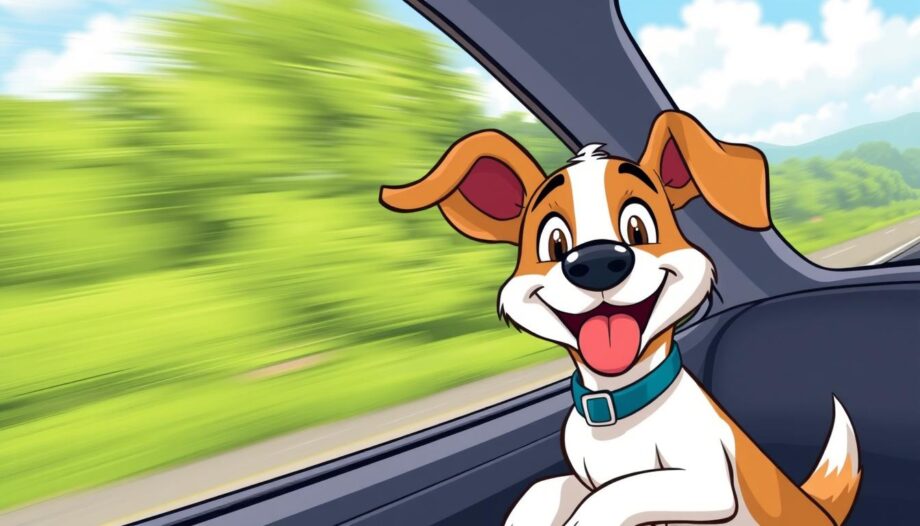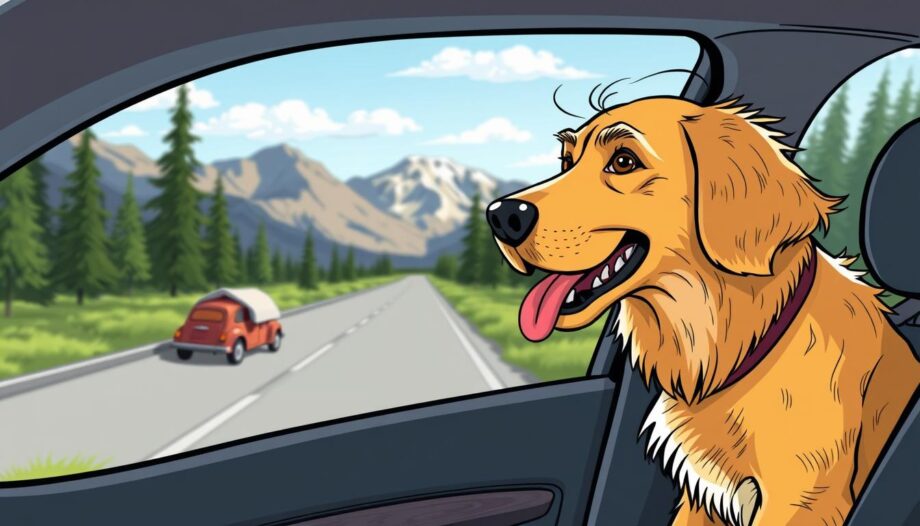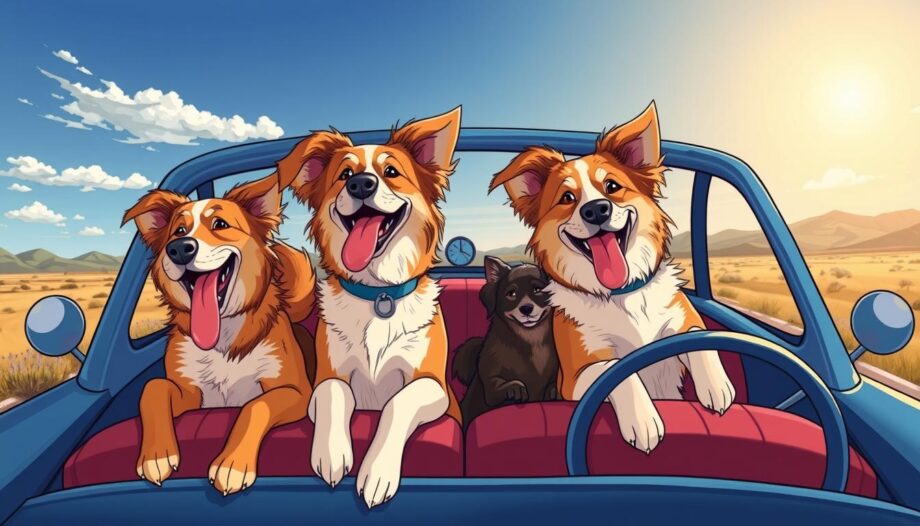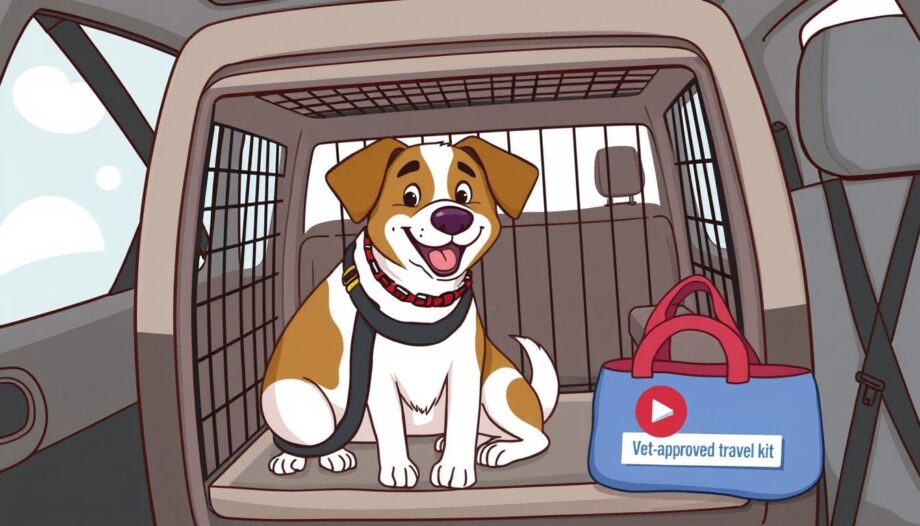As dog owners, we often witness the sheer joy our pets exhibit during car rides. It’s fascinating to observe how their excitement bubbles over at the mere sight of the car keys. This article aims to explore the unique emotional and psychological connection that dogs have with car rides, delving into their instincts, social nature, and sensory experiences that fuel their canine love for travel. With insights backed by research from esteemed organizations like the American Kennel Club, we will uncover the science behind dog psychology and behavior, revealing why these journeys are more than just trips to the vet or park.
The Basics of Canine Psychology
Understanding canine psychology helps us grasp what drives our dogs, especially during car rides. We can start with the significance of routine and how environmental factors shape our pets’ behavior. A structured dog routine establishes comfort and security, which in turn influences a dog’s excitement during travel. When car rides are a consistent part of their experience, dogs associate them with positive emotions.
The Importance of Routine and Environment
Dogs lean heavily on routine to navigate their world. A predictable dog routine fosters a sense of safety and confidence. Regular car rides can enhance their overall well-being, stemming from repeated positive experiences. Environmental factors, such as familiarity with the car and scents encountered during travel, reinforce these associations.
Understanding the Dog’s Sense of Smell and Excitement
The dog sense of smell plays a pivotal role in their excitement levels during car rides. Dogs possess an extraordinary ability to detect scents from great distances, making each trip an exhilarating adventure. With an array of new and familiar odors wafting through the air, their curiosity and joy flourish. This sensory stimulation elevates their excitement, creating delightful travel memories for our furry companions.
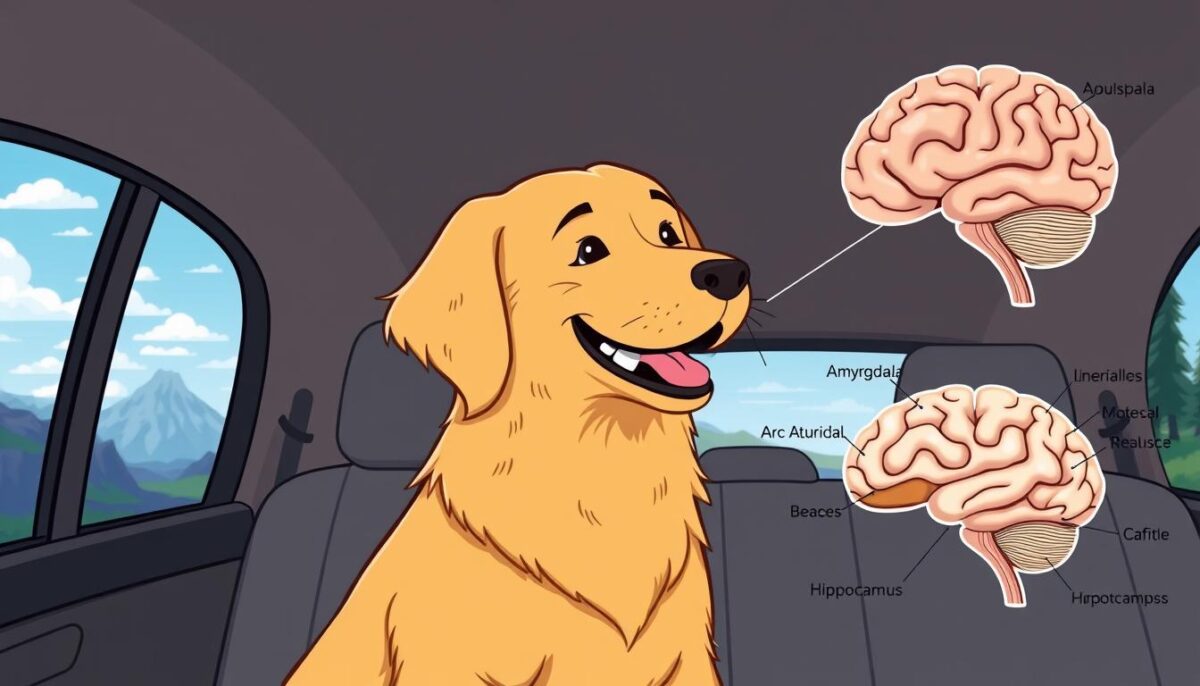
The Science Behind Why Dogs Love Car Rides So Much
Exploring why dogs enjoy car rides can provide fascinating insights into their behavior and emotional well-being. Research shows that movement plays a key role in enhancing dog mood. As dogs experience the dynamic sensations of being in motion, it often precipitates a release of endorphins, which contributes to their overall happiness. This physiological response highlights the travel benefits for dogs, reinforcing their positive feelings when they hit the road.
How Movement Influences Canine Mood
Canine movement significantly affects how our pets experience emotions. Studies indicate that riding in cars can stimulate joyfulness in dogs as they engage with the changes in scenery and environment. These brief journeys introduce them to new scents and sights, enriching their sensory experiences. The result is often a noticeable improvement in their mood, showcasing how vital these outings can be for their emotional state.
Social Interaction During Car Rides
Interactions with humans and fellow canine companions during car rides create crucial bonds. Dogs are inherently social creatures. Being in close quarters fosters a sense of security and happiness. This social interaction can alleviate anxiety and enhance the overall travel experience. Having our canine friends accompany us in cars not only leaves them feeling included but strengthens our relationship, leading to more enjoyable adventures together.
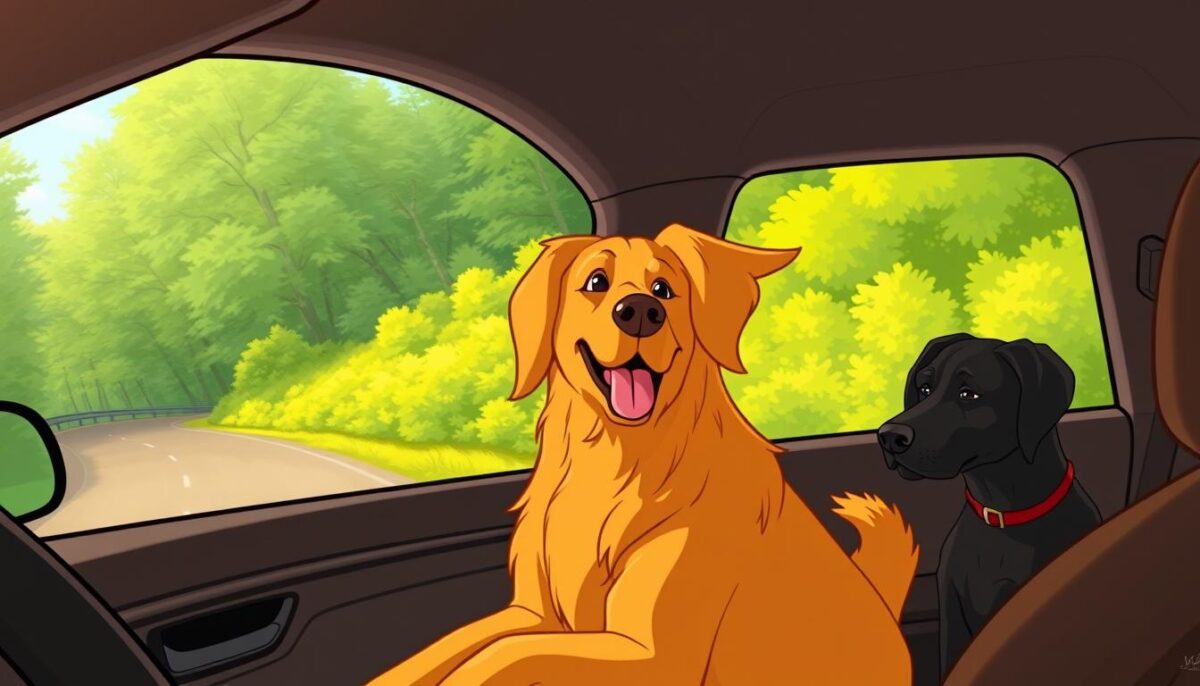
Creating a Safe and Enjoyable Experience for Our Dogs
When we set out on adventures with our dogs, ensuring their safety is our top priority. Safe car travel for dogs begins with using proper restraints, such as pet seat belts, crates, or dog-specific car seats. These tools not only prevent injury during sudden stops but also promote stability, allowing our furry friends to relax and enjoy the ride. By creating a secure environment, we can significantly enhance dog safety in cars while minimizing distractions for ourselves as drivers.
Acclimating our dogs to the car plays a crucial role in making the journey enjoyable for pets. To begin, we can familiarize them with the vehicle by taking short trips. This gradual exposure helps our pets build positive associations with the car, making future travel less stressful. Employing tips for dog car rides like offering treats, favorite toys, or praise can transform the car into a place of excitement rather than anxiety. After a few successful outings, our dogs will likely look forward to more adventures together.
With the right strategies and tools, we can ensure that our dogs have not only safe but also enjoyable travel experiences. Incorporating insights from pet safety organizations reassures us of best practices and allows us to address any concerns proactively. Ultimately, by focusing on our dogs’ comfort and safety during car rides, we pave the way for many wonderful journeys to come.

